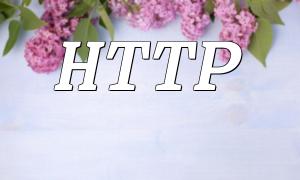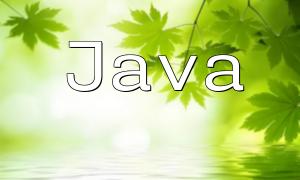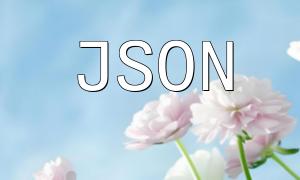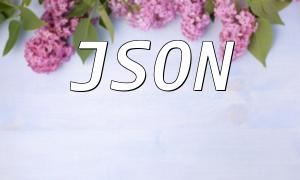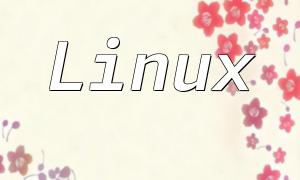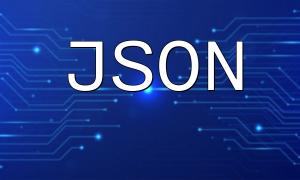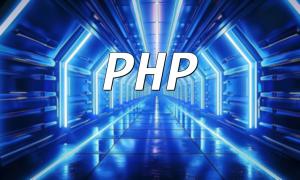Java and PHP are two widely used programming languages, each with its own strengths and applications. In web development, Java and PHP often need to work together to deliver more powerful functionality. Therefore, understanding and mastering efficient communication methods between them is particularly important.
Java is an object-oriented programming language commonly used for developing enterprise-level applications, while PHP is a server-side scripting language particularly suited for dynamic web content processing. Both have broad applications, but communication between the two is often an unavoidable challenge in development.
There are several ways to facilitate communication between Java and PHP. Below are some common strategies:
The most common communication method is via HTTP RESTful APIs. Java can provide REST API services using frameworks like Spring Boot, while PHP sends HTTP requests to access these services. This method allows for efficient and maintainable communication between Java and PHP.
$response = file_get_contents('http://java-server/api/data');$data = json_decode($response, true);print_r($data);WebSocket is a protocol that allows for full-duplex communication between the client and server. For applications that require real-time data transmission, Java and PHP can achieve efficient real-time communication through WebSocket. For example, Java can use WebSocket libraries, and PHP can use the Ratchet library to implement real-time chat or collaborative features.
Using message queues (such as RabbitMQ or Kafka) is another effective communication method. Through message queues, Java and PHP can achieve decoupled and asynchronous communication. Java can send messages to the queue, while PHP subscribes and processes them. This method is especially beneficial for handling high-concurrency scenarios, improving system stability and scalability.
When implementing communication between Java and PHP, there are several key points to keep in mind:
Ensure that a unified and standardized data format is used between the two languages, with JSON or XML being common choices. This simplifies data parsing and handling, improving communication efficiency.
Since communication between Java and PHP often involves network transmission, ensuring data security is vital. HTTPS can be used to encrypt the data, preventing it from being intercepted or tampered with during transmission.
When dealing with large amounts of data or high-concurrency requests, performance becomes an important factor. By introducing caching technologies (like Redis), you can reduce the pressure on backend services and improve overall system responsiveness.
The communication strategies between Java and PHP are not only necessary for achieving collaboration between technology stacks but also key to improving development efficiency and system performance. By properly selecting communication methods, optimizing data formats, and ensuring security, developers can achieve efficient cross-platform data exchange. We hope the discussions in this article provide valuable references and practical experience for developers in real-world development.
